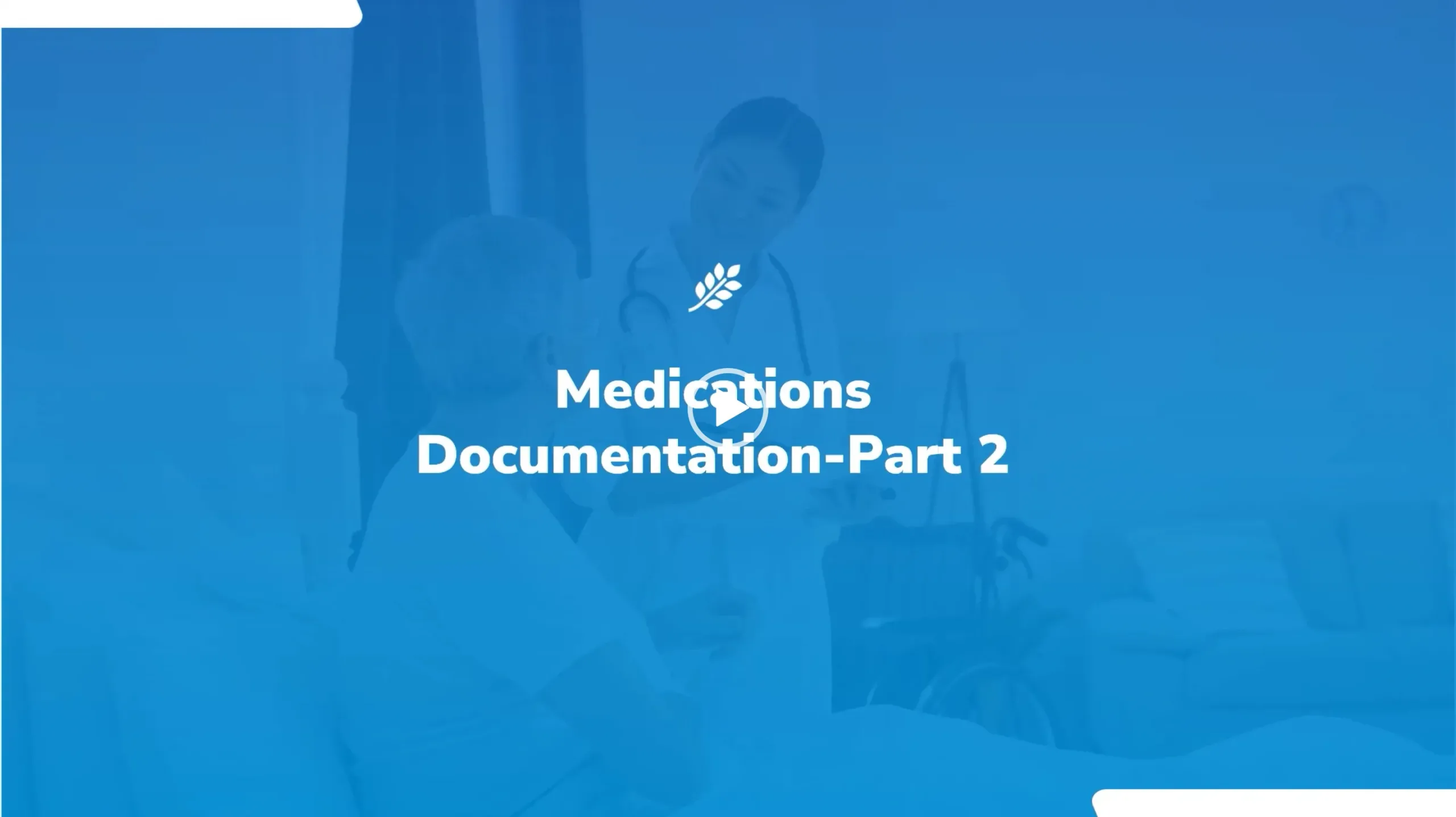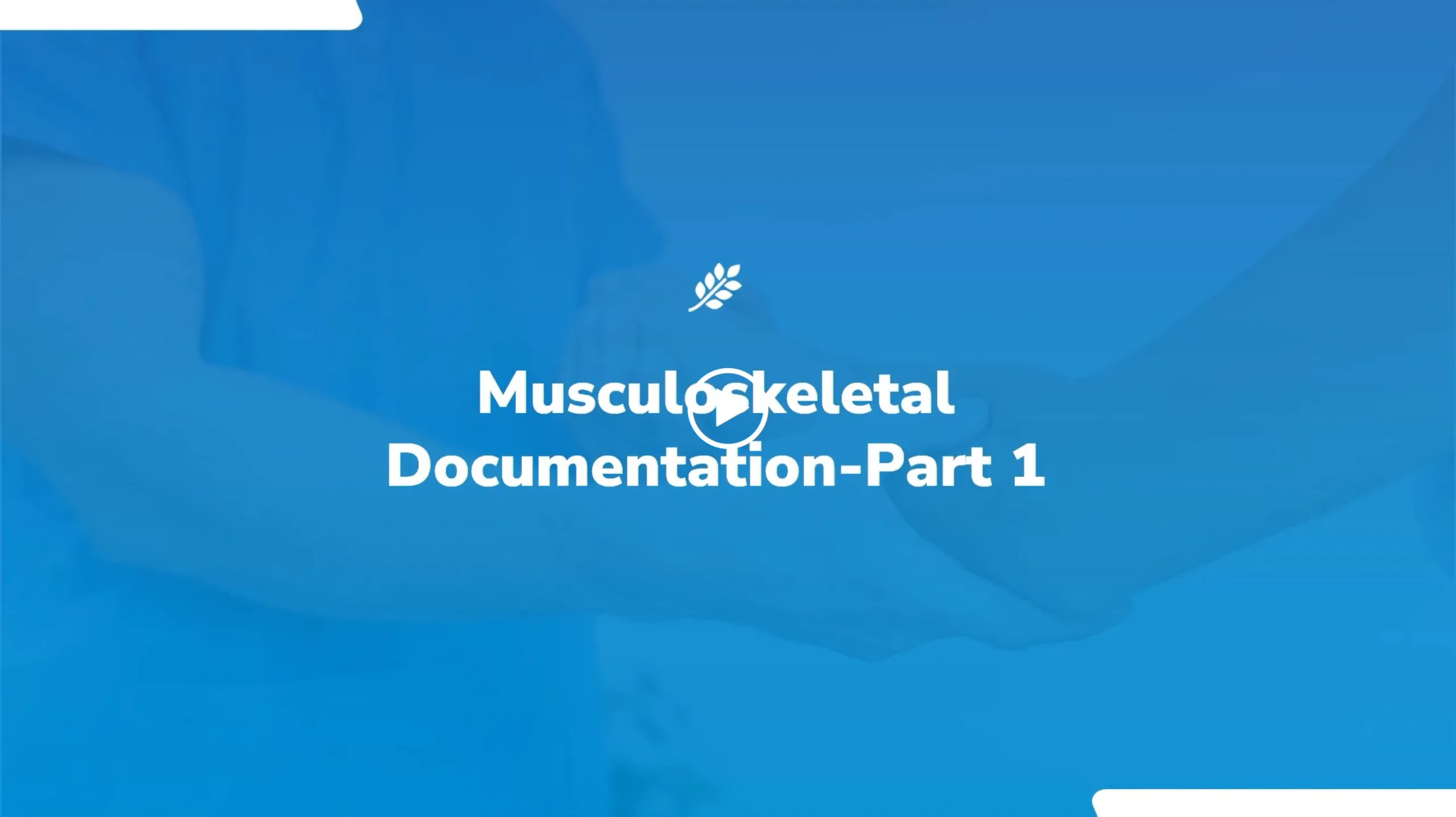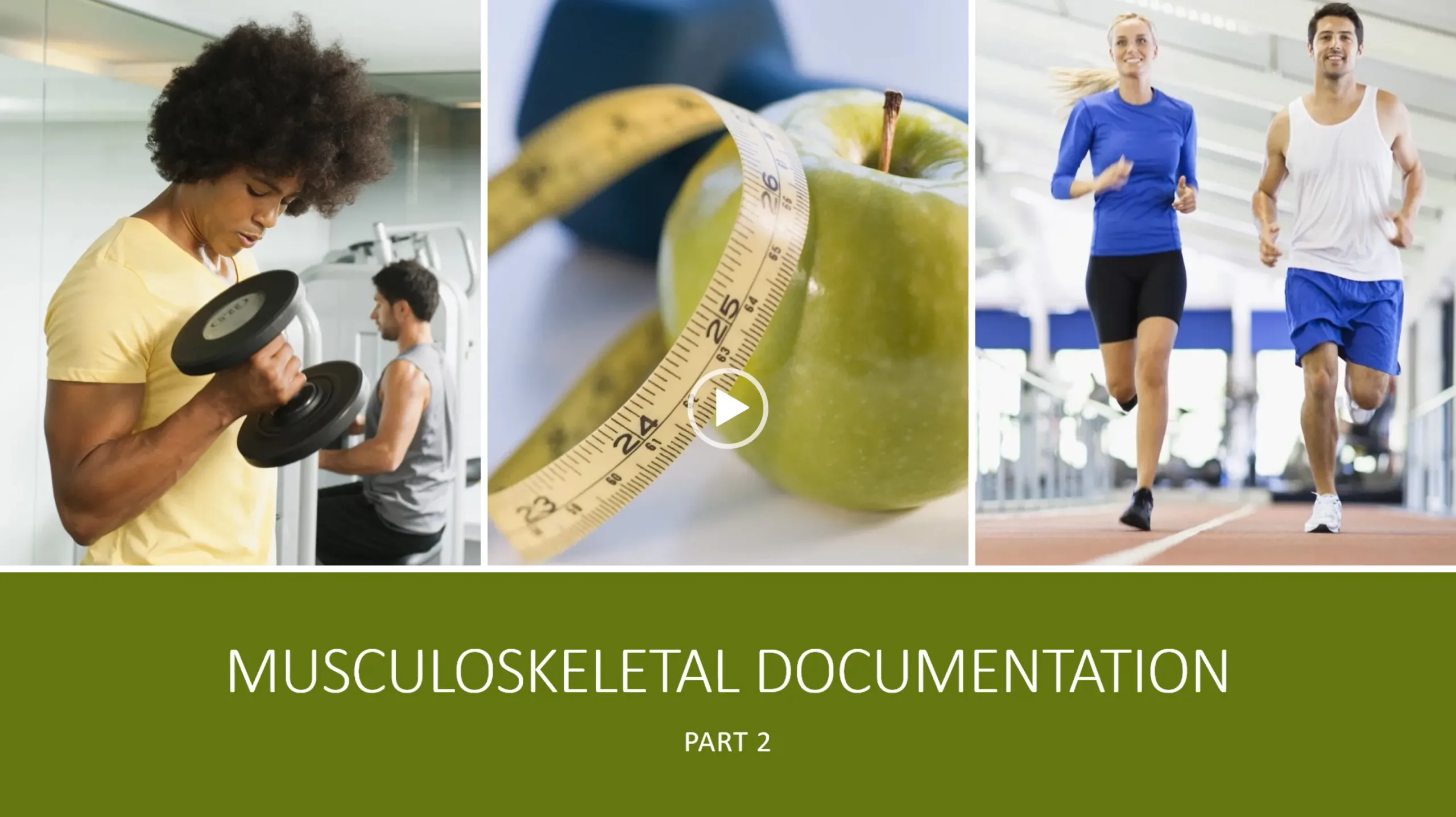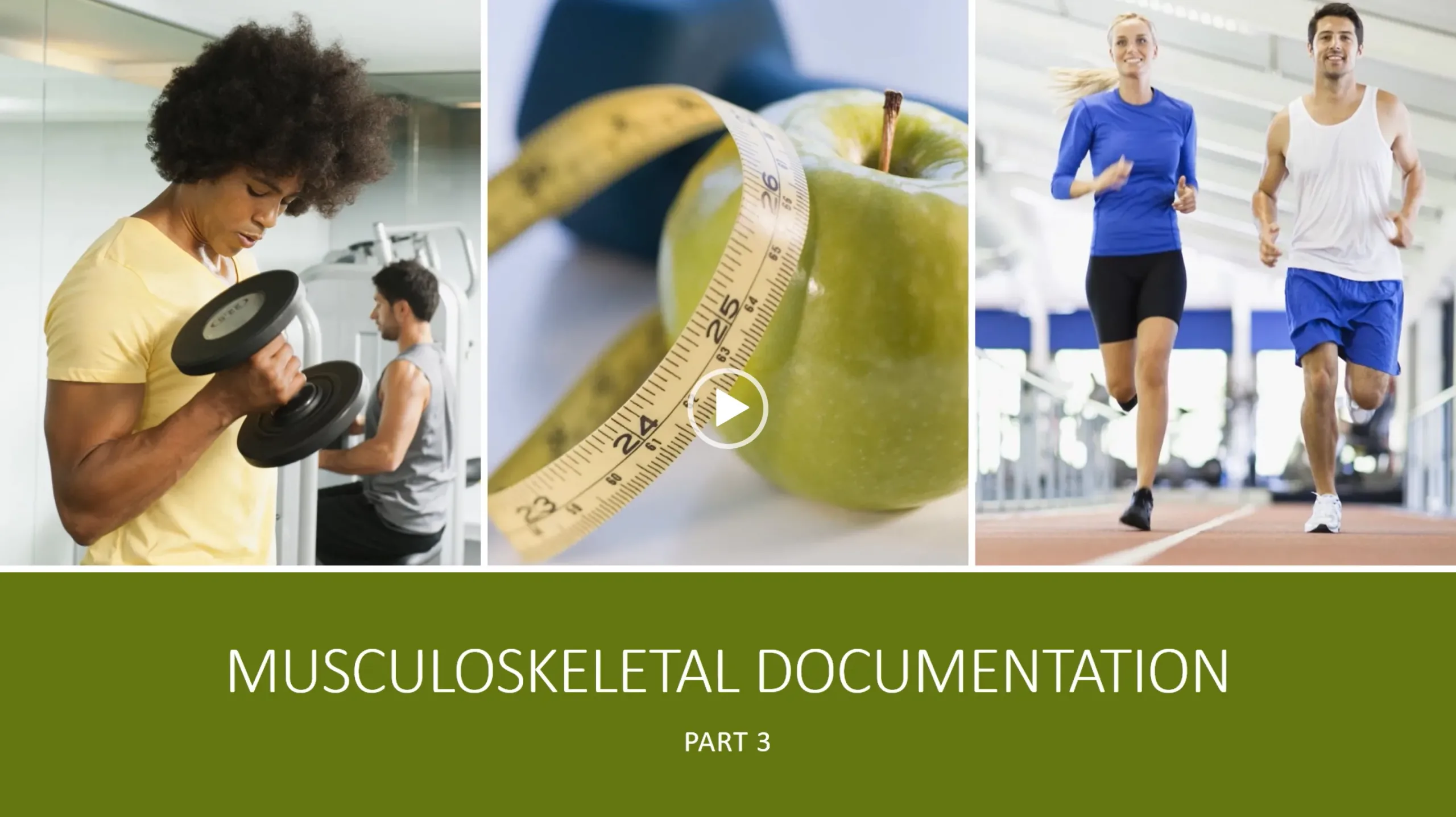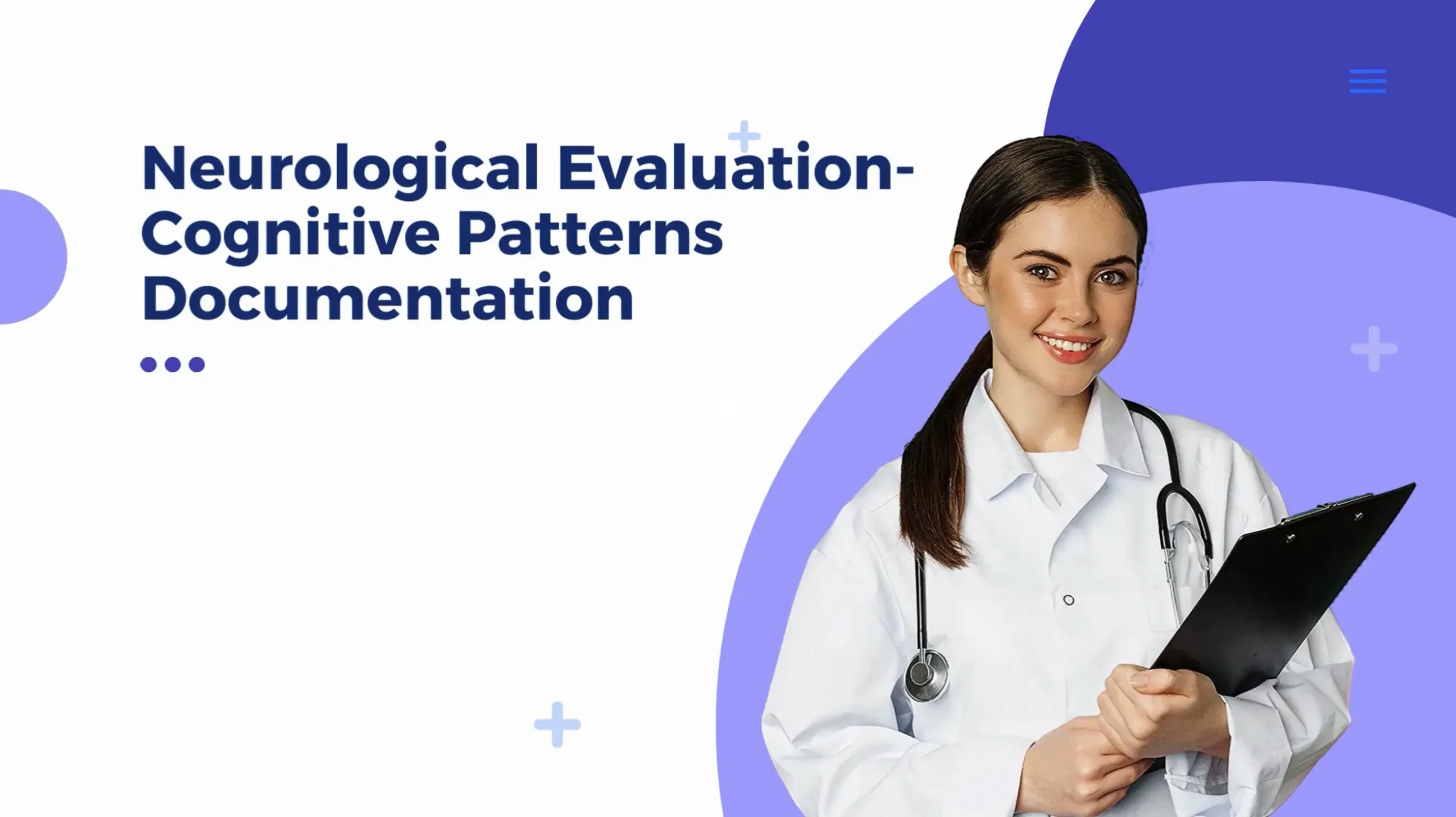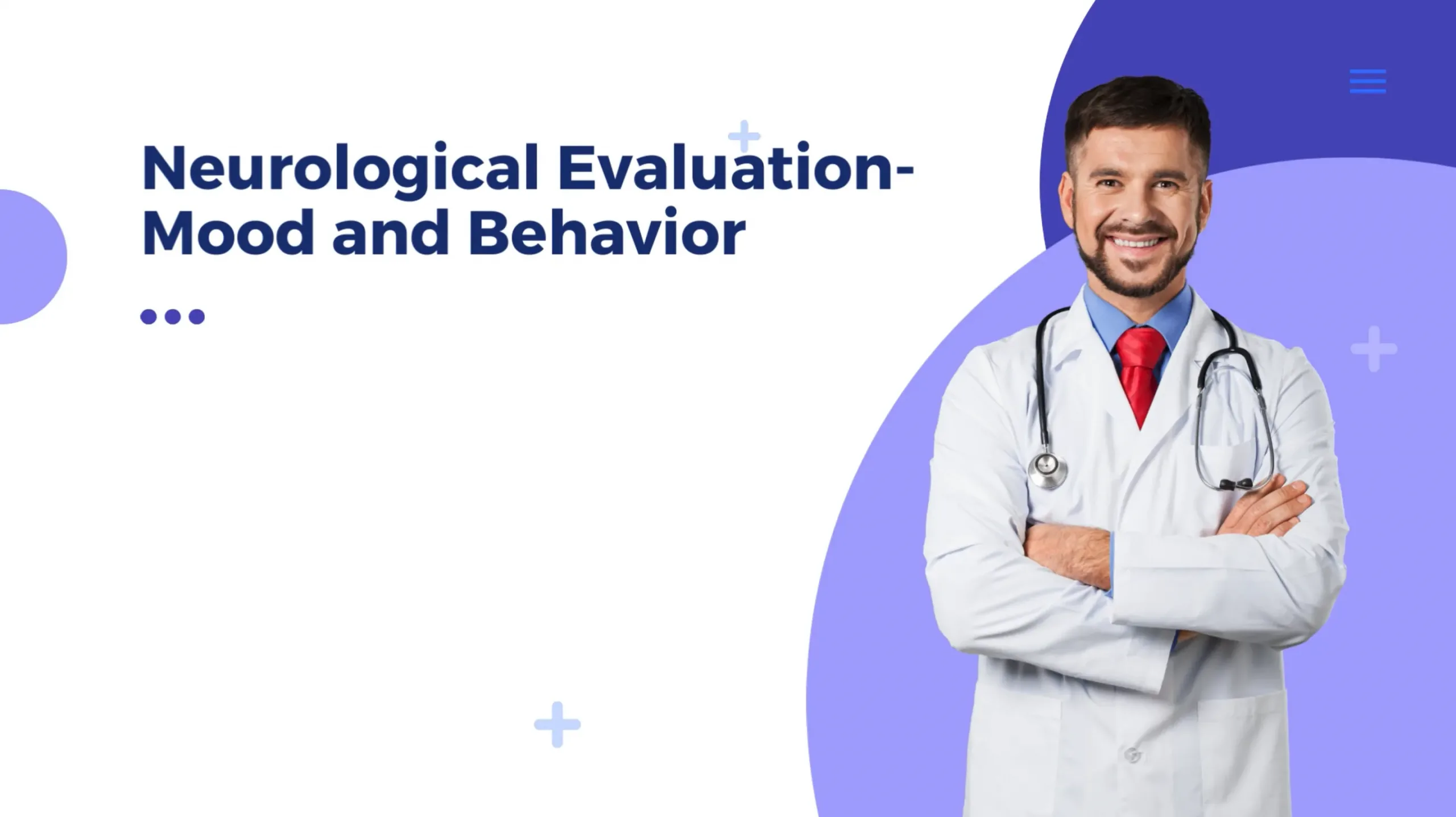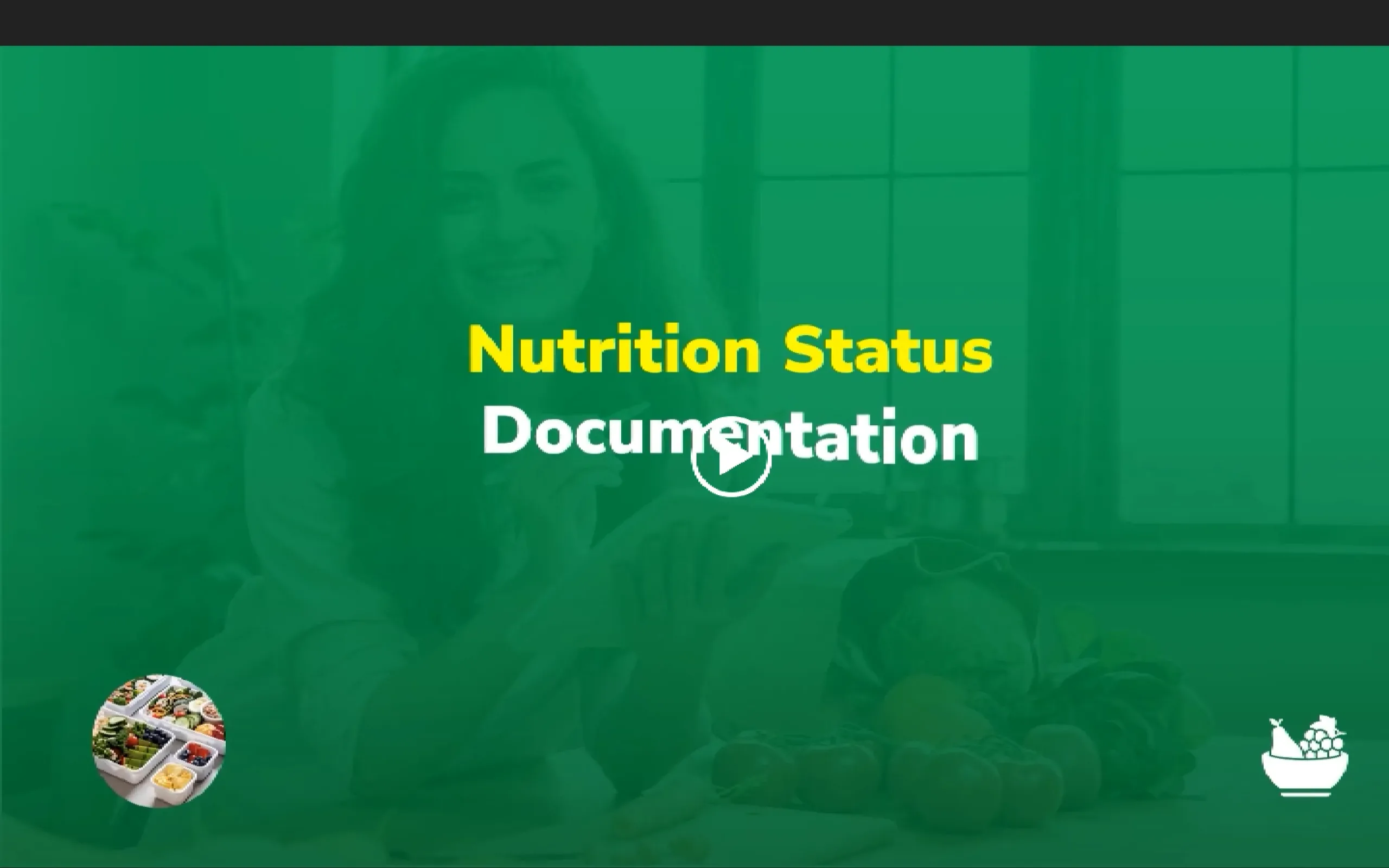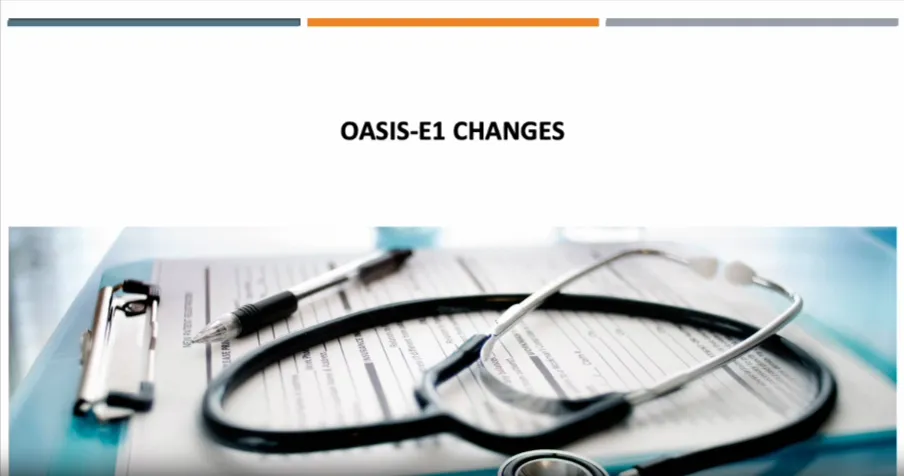Medications Documentation Part 1
Documentation of medications is one task that many nurses starting career in home health industry experience difficulty with. As this section of OASIS assessment includes a lot of detail, forgetting to collect needed pertinent information regarding one or few aspects can be likely. Here we are attempting to summarize all the information to be collected from the patient or caregiver to be able to promptly complete this section on the OASIS. For this page on the OASIS E, clinicians should be informed regarding the appropriate way to collect all the active medications patient is on and what all to be included under the list of medications.
Musculoskeletal Documentation Part 1
Though musculoskeletal system significantly falls into the therapy area, a basic assessment could be done by an RN to complete the OASIS assessment. Skilled nursing evaluation of the patient should always justify and support any therapy services being requested. Apart from answering the mandatory questions on OASIS E, on the musculoskeletal section of OASIS, RN should always evaluate and document some primary information regarding the patient, such as, patient presentation, physical limitations if any, ambulatory status, gait patterns, compromised balance, use of any assistive device and compliance with the device, hand dominance, grip strength, safety issues in the dwelling, any recent falls, and factors contributing to falls. We will discuss each of these topics in this video presentation.
Musculoskeletal Documentation Part 2
In this presentation, we will discuss the following mandatory questions related to the Musculoskeletal documentation- M1800, M1810, M1820, M1830, M1840, M1845, M1850 & M1860. The M questions on this section check for the patient’s current ability to safely perform the tasks addressed for the question on the day of assessment. These questions consider the level of patient independence and caregiver dependence for safe performance of the said task.
Musculoskeletal Documentation Part 3
The Improving Medicare Post-Acute Care Transformation Act or IMPACT Act was signed into Law in 2014. The IMPACT Act requires assessment data to be standardized and interoperable to allow for exchange of data among various post-acute care providers. Section GG on the musculoskeletal part of OASIS was introduced to meet this intent of IMPACT act. In this presentation, we will discuss the implementation of section GG Functional Abilities and Goals. This presentation also discusses the following mandatory questions related to GG section- GG0100, GG0110, GG0130 & GG0170.
Neurological Evaluation- Cognitive Patterns
This OASIS-E training video discusses various aspects of cognitive ability, such as, alertness & concentration, orientation with time, place, person, and situation, memory, decision making, and ability to make sound judgment including basic BIMS interview instructions that assess cognitive function, and the Brief Interview for Mental Status (BIMS) and Signs and Symptoms of Delirium from CAM©
This OASIS-E training video also provides guidance on items C0100, C0200, C0300, C0400, C0500, C1310, M1700 & M1710 related to Neurological Evaluation- Cognitive Patterns.
Neurological Evaluation Mood And Behavior
This presentation involves checking an individual on various aspects of anxiety and mood disorders as requested on the recently updated version of patient assessment form, OASIS-E. We also discuss the following mandatory questions in this presentation-M1720, D0150, D0160, D0700, M1740, & M1745.
Nutritional Status Documentation
This OASIS-E1 training video presents information on performing proper nutritional assessment and patient education on knowledge deficiencies which can contributes heavily to patient goal accomplishment and facilitates a positive change in overall patient health.
We also discuss how to answer the OASIS questions K0520, M1870 & M1060 which are the mandatory questions for nutrition evaluation on section K of OASIS-E1.
Oasis E1 Changes
All the assessments typically ask for a patient’s ability regarding safe performance with the tasks on the day of assessment. With OASIS E – Start of Care and Resumption of Care assessments also ask for a reasonably attainable goal the clinicians can work towards. But, on OASIS E1, this section has been eliminated and only patient performance on the day of assessment is being scored for questions GG0130 and GG0170. We will learn how to answer the questions GG0130 and GG0170 on OASIS E1.
OASIS Training Videos for Home HealthSite Dev2024-10-14T08:53:02-06:00


